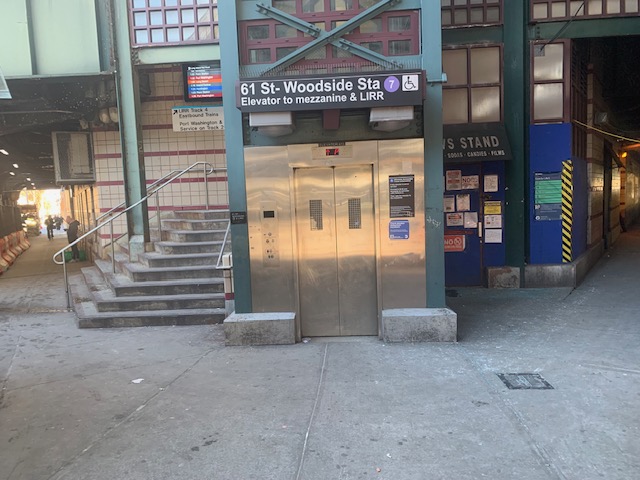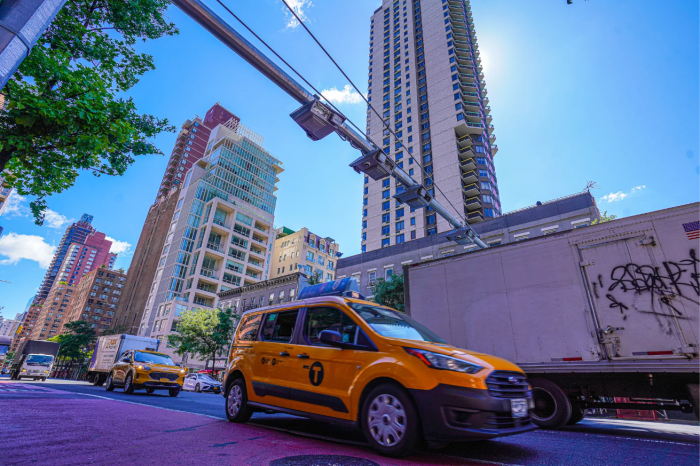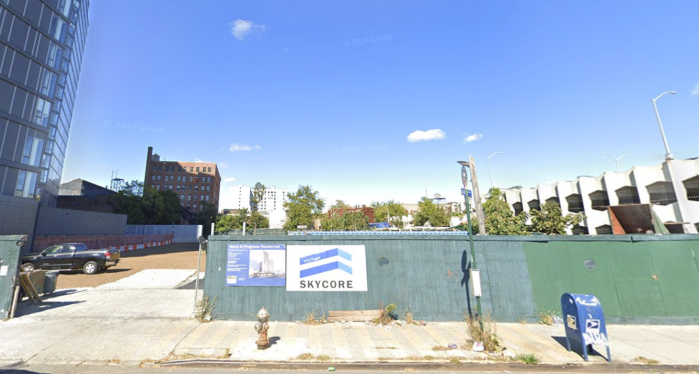
A federal judge on Wednesday sided with accessibility advocates in a ruling that requires the MTA to install elevators when it undertakes certain station renovations.
Advocates expect the decision to have a profound impact on how the transit authority decides to rehabilitate subway stations, which are often inaccessible to commuters who cannot use stairs. Only 25 percent of subway stations have elevators, or 118 of the 472 stations in the system.
Under the ruling, elevators must be installed whenever the MTA undertakes a station renovation that “affect[s] the station’s usability” unless the installation is deemed infeasible, according to U.S. Attorney Geoffrey S. Berman of the Southern District of New York.
“Individuals with disabilities have the same rights to use the New York City subway system as every other person,” Berman said in a statement. “The Court’s decision marks the end of the MTA treating people with disabilities as second-class citizens.”
Disability Rights Advocates sued the MTA in 2016 over the matter after the authority declined to install elevators at the Middletown Road station on the No. 6 line in the Bronx as it underwent a $21 million renovation that included staircase replacement. The U.S. Attorney’s Office joined the lawsuit last year and U.S. District Judge Edgardo Ramos made the ruling.
Max Young, an MTA spokesman, said the authority had determined at the time that an elevator installation at Middletown Road was not feasible.
“The MTA is steadfastly committed to improving access throughout the subway, with a hard and fast goal of making 50 additional stations accessible over five years,” Young said in a statement. “We’re not wavering from that commitment. ”
NYC Transit president Andy Byford, since joining the authority more than a year ago, has pledged to make accessibility a top priority. He’s developed a still-unfunded modernization blueprint called Fast Forward that includes plans to dramatically increase accessibility.
Robert Schoenfeld, a board member with Disabled in Action, a nonprofit named as a plaintiff in the suit, let out a “hooray!” when he was told of the news.
“This is the greatest ruling I’ve heard in years … it’s tremendous news,” Schoenfeld said.
When asked about the MTA’s historic treatment of commuters with disabilities, Schoenfeld said, “I’ll be polite: it’s lousy.”
The authority came under fire over the past several years for undergoing a $1 billion plan called the Enhanced Station Initiative to rehabilitate subway stations with cosmetic fixes that did not include new elevators.
“This not only affects people who use wheelchairs; it affects people who use scooters or walkers — or anyone who you can’t go up stairs with strollers or carriages,” Scohenfeld added.




































